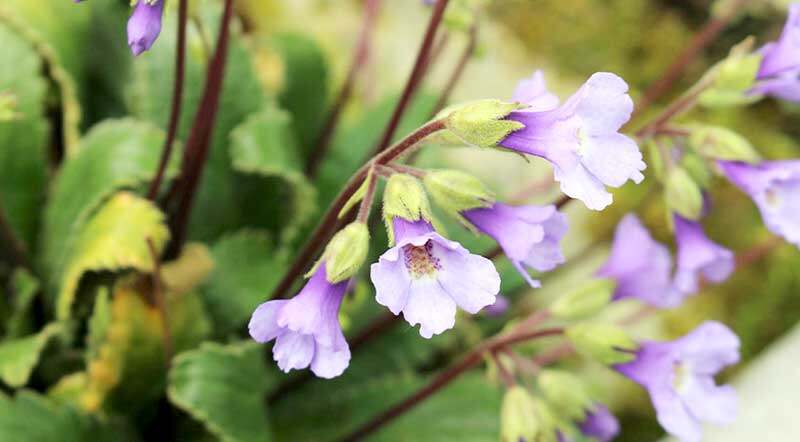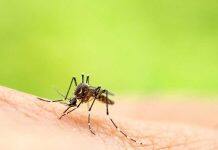

A rare plant that can ‘resurrect’ itself after prolonged periods without water could hold clues to improve drought resistance in crops.
Dr Monika Murcha and Dr Aneta Ivanova, from The University of Western Australia’s School of Molecular Sciences, worked on a collaborative project with an international team which included scientists from the AgroBioInstitute in Bulgaria where the Orpheus plant, Haberlea rhodopensis, grows in the mountains.
Dr Murcha said the research involved examining mitochondria in the leaves, where energy for the plant was produced.
“We found when the leaves were drying the mitochondria switched on an alternative pathway to allow the plant to survive and stay in an active state, despite it looking shrivelled up,” Dr Murcha said.
“So, when it does come in contact with water, it is ready to go. It has all the material and building blocks it needs to make energy quickly and start growing, resurrecting and regenerating.”
Dr Murcha said most other plants would die in similar circumstances and understanding how the Orpheus plant worked could help adapt other species to become more resistant to low water conditions and drought.
“If we could activate certain mechanisms that prevent damage to the plant when drying then we could apply it to crops to become drought-resistant,” she said.
“Because of these amazing properties, they can stay desiccated, or dry, for many years and then resurrect almost instantly.”
Dr Murcha said cosmetic companies were also looking at the plant’s anti-ageing properties to see if it could be used in face creams.
The paper, Mitochondrial activity and biogenesis during resurrection of Haberlea rhodopensis is published in New Phytologist.








































